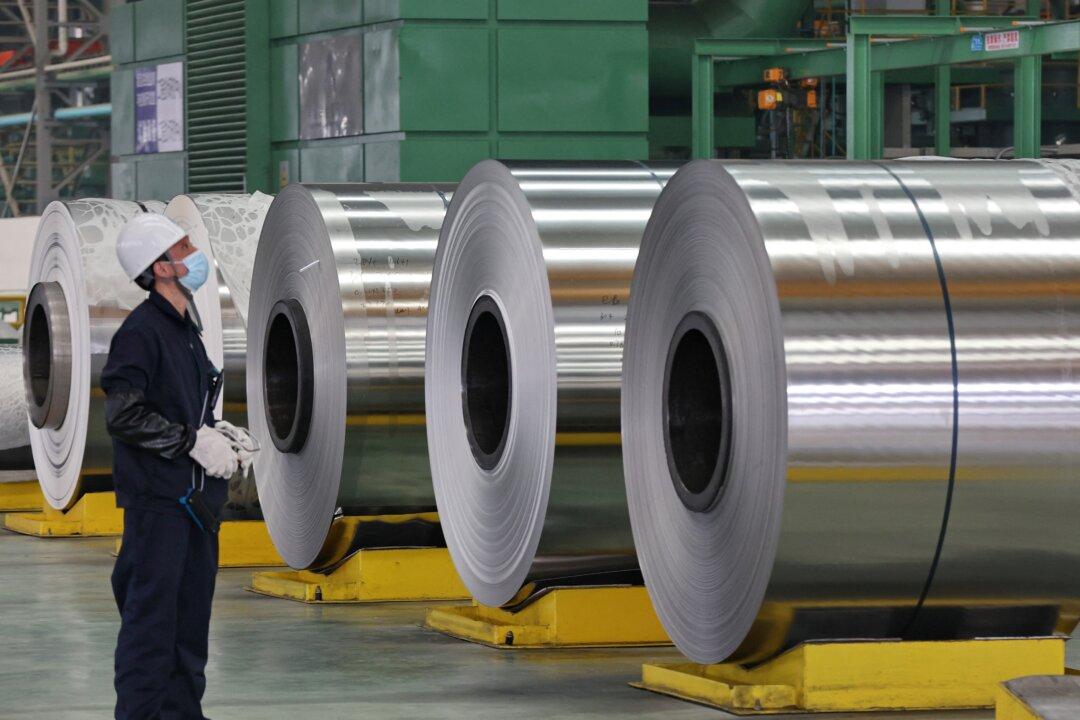Commentary
Fear of the global economic consequences of the economic collapse of communist China led to a worldwide refusal to acknowledge that the collapse began at least a decade ago.

Fear of the global economic consequences of the economic collapse of communist China led to a worldwide refusal to acknowledge that the collapse began at least a decade ago.